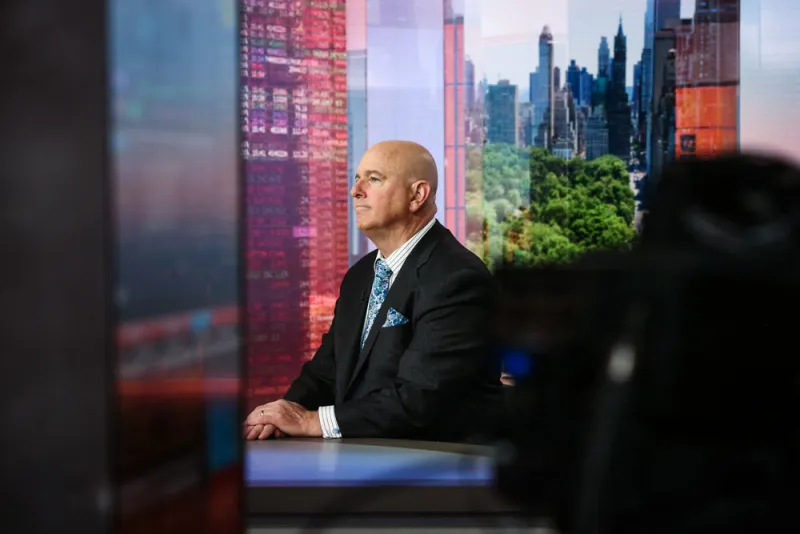The overall cost of investing for the California State Teachers’ Retirement System has fallen, but not because investment managers have decreased their fees.
This is according to CalSTRS’s annual investment cost report, which was released ahead of the retirement system’s monthly meeting on November 6. The report showed that the total cost of managing the retirement system’s portfolio decreased by six percent year-over-year.
The reason? Two words: carried interest. As the performance of investments that charge carried interest — a type of performance fee — fell year-over-year, so too did the cost of investing for CalSTRS.
According to the report, the overall costs of investing for CalSTRS were lower in 2018 because carried interest paid by the pension fell by 36 percent in absolute dollars from the previous year. CalSTRS paid nearly $1.72 billion in investment costs in 2018, the report said. This is compared with $1.83 billion the previous year.
“The reduction in carried interest indicates a slowdown in realized profits from private investments made over the last several years,” the report said.
But according to the report, which included details on fees charged between 2015 and 2018, CalSTRS’s total portfolio costs when excluding carried interest increased 14 percent from the previous year. The increase, the report said, is the result of net asset value growth, new investment strategies, and asset allocation changes.
The plan’s net assets increased three percent in 2018, which contributed to the increase, the report said. What’s more is that new investment strategies, including a shift within the global equity asset class from a home-country bias to a global structure, accounted for a five percent increase in costs because of higher fees charged by the new strategies, the report showed. The remaining increase of six percent resulted from a continued effort on the part of CalSTRS to increase its allocation to private assets, it said.
[II Deep Dive: Fee War Saved Investors Billions Last Year]
What’s more, the cost of investing for the retirement system was lower than its peers. According to an analysis of 48 U.S. public funds and 15 global peer funds with five or more consecutive years of data, CalSTRS paid, on average, at least five basis points fewer than its peers in total investment costs between 2015 and 2018.
As of September, the retirement system had an estimated $238.3 billion in assets under management, its chief investment officer report for November showed. It returned 6.8 percent for the fiscal year ending on June 30. A spokesperson for CalSTRS did not respond to an email seeking comment.







